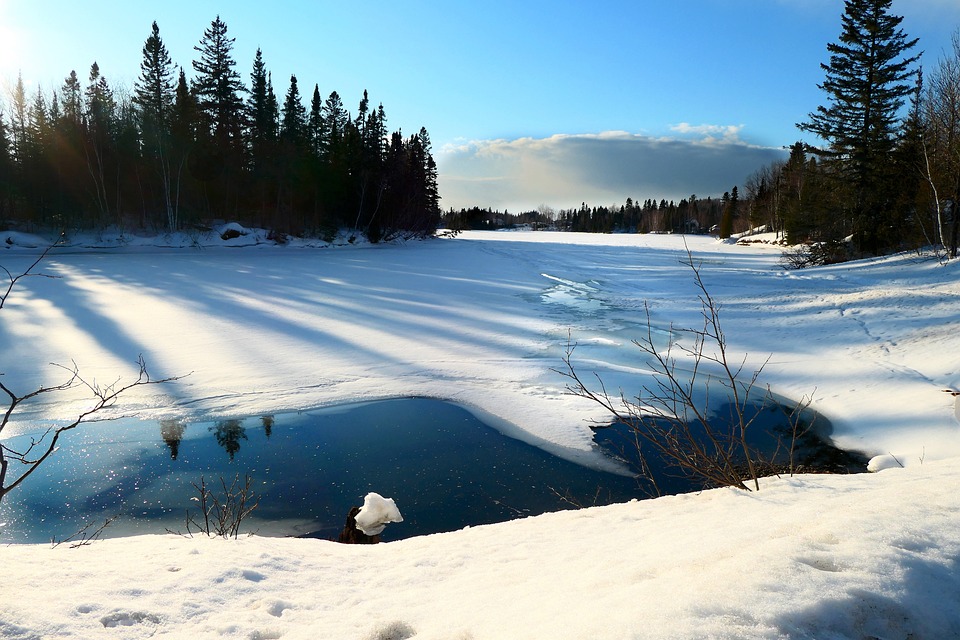What Will Climate Be Like in 60 Years?
Climate change is one of the most pressing challenges of our time, driven largely by human activities that have led to significant increases in greenhouse gas emissions. As we look toward the future, particularly the next 60 years, scientists and organizations like the Intergovernmental Panel on Climate Change (IPCC) provide projections that offer a glimpse into what our planet may look like by 2084. This article explores these predictions, the factors driving climate change, and the potential impacts on ecosystems, weather patterns, and human life.
Key Drivers of Climate Change Over the Next 60 Years
Greenhouse Gas Emissions
The primary drivers of climate change are greenhouse gas emissions, particularly carbon dioxide (CO₂) and methane (CH₄). The trajectory of these emissions will significantly influence global temperatures over the next six decades.
– Fossil Fuel Use vs. Renewable Energy: The transition from fossil fuels to renewable energy sources such as solar and wind power is critical. Continued reliance on fossil fuels will exacerbate climate issues, while aggressive adoption of renewables could mitigate some effects.
Population Growth and Urbanization
As the global population continues to rise, especially in developing regions, energy demand will increase, potentially leading to higher emissions if clean energy alternatives are not widely adopted.
– Urban Heat Islands: Expanding urban areas contribute to localized warming through the “urban heat island” effect, where cities experience higher temperatures than surrounding rural areas.
Climate Feedback Loops
Certain environmental changes can create feedback loops that accelerate climate change. For instance:
– Melting Ice Caps: As ice melts, less sunlight is reflected back into space, leading to further warming.
– Tipping Points: Events such as the collapse of the Amazon rainforest or significant shifts in ocean currents could drastically accelerate climate change.
Temperature Projections for 2084
Global Temperature Rise
According to IPCC projections, global temperatures are expected to rise between 1.5°C and 4.5°C (2.7°F to 8.1°F) above pre-industrial levels by the end of the century.
– Worst-Case vs. Best-Case Scenarios: In a worst-case scenario with high emissions, temperatures could rise by over 4°C, resulting in catastrophic consequences for ecosystems and human societies. Conversely, significant emissions reductions could limit the rise to around 1.5°C to 2°C.
Regional Temperature Changes
Different regions will experience varying impacts:
– Extreme Heat Waves: Already warm areas like the tropics will face more frequent and intense heatwaves.
– Polar Warming: The Arctic is expected to warm two to three times faster than other regions, potentially leading to an ice-free summer Arctic by mid-century.
Changes in Weather Patterns
Increased Frequency of Extreme Weather Events
Climate change is anticipated to lead to more intense storms and extreme weather events:
– Stronger Storms: Warmer ocean temperatures will fuel hurricanes and cyclones with increased rainfall leading to devastating floods.
– Heatwaves and Droughts: Regions like Europe and North America will experience longer periods of extreme heat, while drought-prone areas may face even greater water shortages.
Shifts in Precipitation Patterns
Changes in rainfall distribution are also expected:
– Heavier Rainfall in Some Areas: Regions such as parts of North America may see increased rainfall and flooding.
– Drier Conditions Elsewhere: Areas like southern Africa are likely to become drier, facing prolonged droughts.
Rising Sea Levels
Projections for Sea Level Rise
The IPCC estimates that sea levels could rise between 0.5 to 1 meter (1.6 to 3.3 feet) by 2084 due to thermal expansion and ice melt.
– Impact on Coastal Regions: Coastal cities like Miami and New York will face increased flooding risks necessitating large-scale adaptation efforts or even relocation.
Impact of Melting Ice Sheets
The melting of Greenland and Antarctica’s ice sheets could significantly contribute to sea level rise, with potential rapid increases if these ice sheets destabilize.
Ecosystem and Biodiversity Changes
Habitat Loss and Species Migration
As temperatures rise, many species will migrate toward cooler areas:
– Poleward Shifts: Species may move toward the poles or higher elevations but face extinction if they cannot adapt quickly enough.
– Coral Reef Destruction: Warming oceans threaten coral reefs globally, which play a crucial role in marine biodiversity.
Extinction Risk
Many species are at risk due to habitat loss:
– Climate-Driven Extinctions: Vulnerable species like polar bears may face extinction as their habitats disappear or become inhospitable.
Human Impacts
Food and Water Security
Climate change poses significant threats to agriculture:
– Impact on Crop Production: Key crops may suffer from heat stress and shifting growing seasons leading to food shortages.
– Water Scarcity: Regions reliant on glacier-fed rivers may face severe water shortages as glaciers melt.
Climate Migration
Rising sea levels will force millions from their homes:
– Displacement Due to Sea Level Rise: Estimates suggest up to 200 million people could be displaced by rising seas by 2084.
– Climate Refugees: Extreme weather events will drive migration from vulnerable regions, increasing tensions over resources.
Adaptation and Mitigation Strategies for the Future
Renewable Energy Transition
Transitioning to renewable energy sources is critical for limiting temperature rise:
– Scaling Up Clean Energy: Investments in solar, wind, and hydropower are essential for reducing emissions.
– Carbon Capture Technologies: Innovations in carbon capture and storage (CCS) can help offset emissions.
Building Climate-Resilient Infrastructure
Cities need robust infrastructure to withstand climate impacts:
– Coastal Defenses: Investments in seawalls and flood barriers are necessary for protecting coastal communities.
– Climate-Resilient Agriculture: Developing drought-resistant crops will be vital for food security.
International Cooperation
Global collaboration is essential for effective climate action:
– Global Climate Agreements: Achieving the goals set out in international agreements like the Paris Agreement is crucial for mitigating climate change impacts.
Conclusion
The next 60 years hold significant challenges as climate change continues to evolve. Rising temperatures, increased extreme weather events, and rising sea levels are just a few of the expected changes that will impact ecosystems and human life alike. Immediate action is necessary—reducing emissions, implementing adaptation strategies, and fostering international cooperation can help shape a more sustainable future by 2084. Through innovation and personal responsibility, we can work towards a world that balances human needs with ecological integrity.

Kyle Whyte is a notable scholar and professor at the University of Michigan, holding positions such as the George Willis Pack Professor in the School for Environment and Sustainability and Professor of Philosophy. Specializing in environmental justice, his work critically examines climate policy and Indigenous peoples’ ethics, emphasizing the nexus between cooperative scientific endeavors and Indigenous justice. As an enrolled Citizen Potawatomi Nation member, he brings a vital perspective to his roles as a U.S. Science Envoy and member of the White House Environmental Justice Advisory Council. His influential research is supported by various prestigious organizations including the National Science Foundation, and disseminated through publications in high-impact journals. Kyle actively contributes to global Indigenous research methodologies and education, with affiliations to numerous institutes and societies dedicated to traditional knowledge and sustainability. Recognized for his academic and community engagement, Kyle has earned multiple awards and served in various visiting professorships. His efforts extend to leadership positions on boards and committees focused on environmental justice nationwide.
